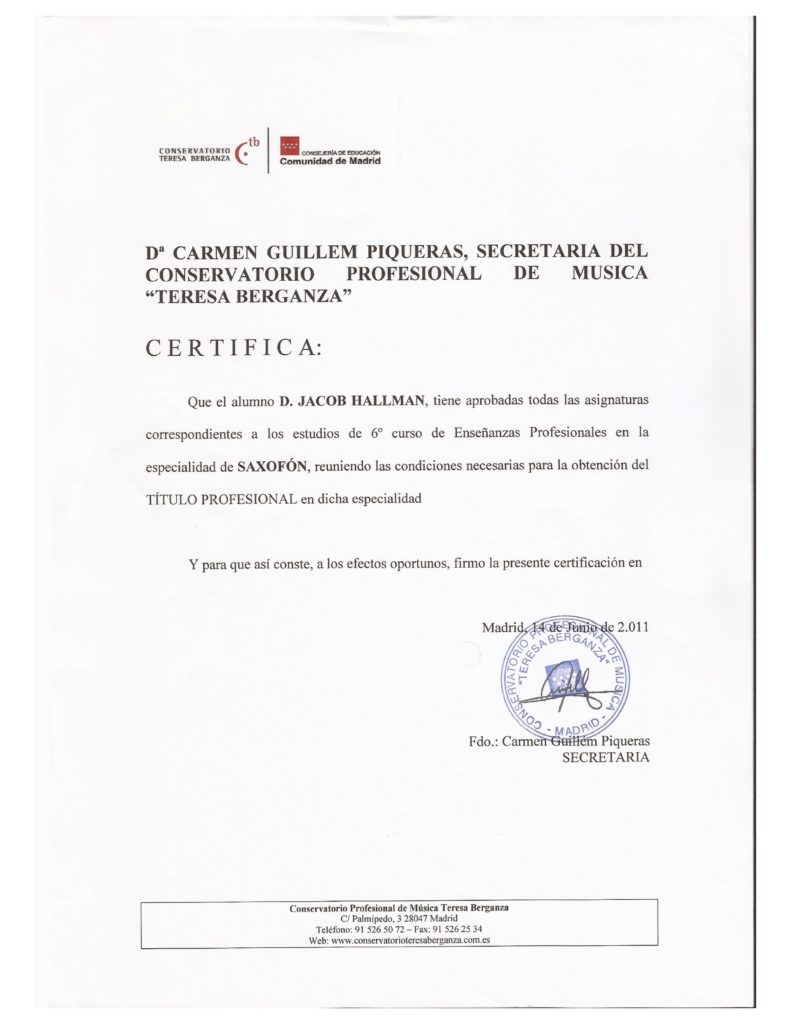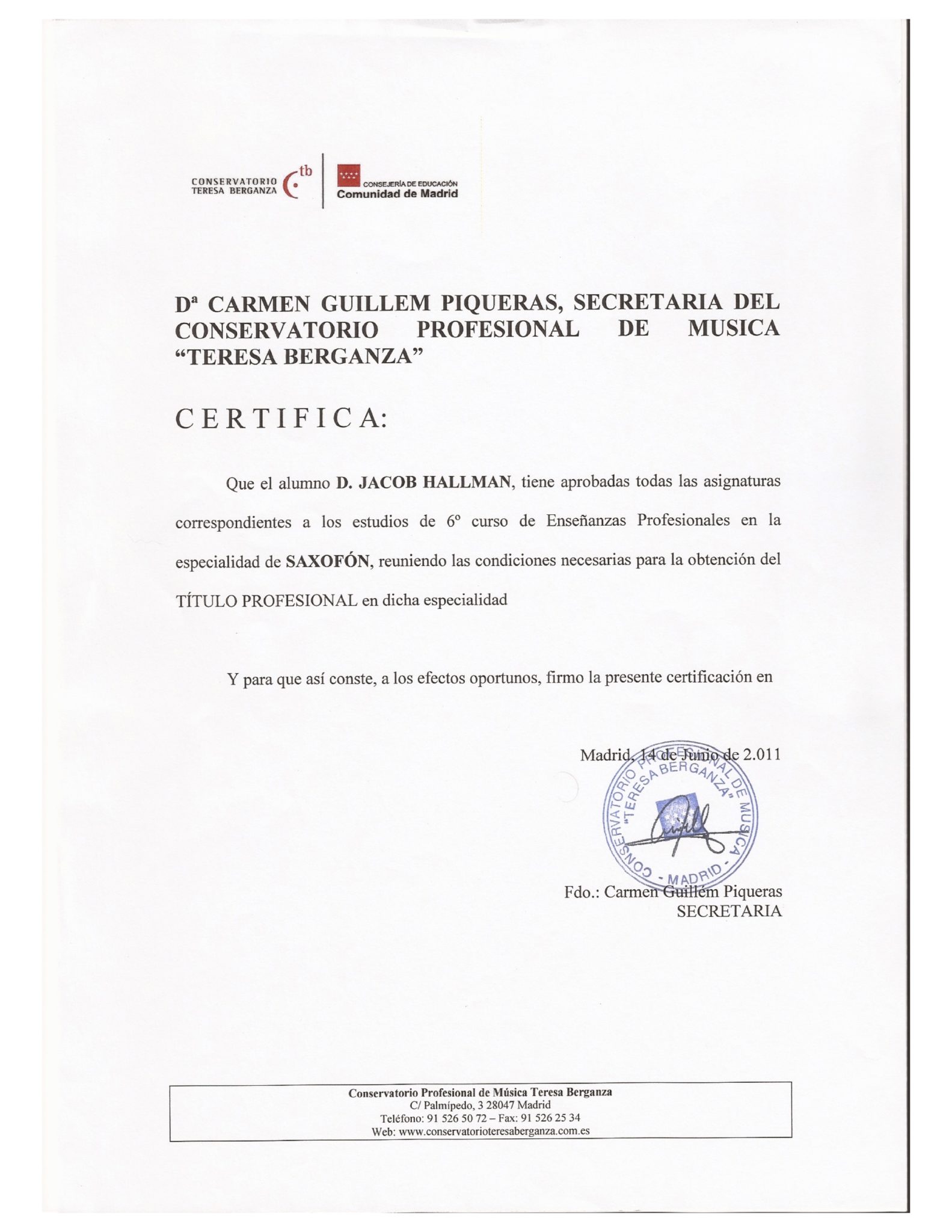First of all, misconceptions studying abroad happen too often. It’s easy to miss that Madrid has a slowly climbing hill on the west side of the city once you cross the ancient Puente de Segovia towards Puerta del Angel. There are cervecerías and lavaderías on the way up, places to drink beer and wash clothes. You can find locutorios too, dirty internet cafés that charge by the minute for a web connection. Walk another thirty minutes and you start seeing the remnants of an era where Francisco Franco ruled Spain. Drab buildings that all look the same tower over mullet haircuts and dog droppings littered along narrow sidewalks. Orange plastic walls next to rough stucco white buildings. That’s where you’ll find the Conservatorio de Teresa Berganza next to the Lucero metro stop on line 6. Building seriously needs to be knocked down and rebuilt by American standards, so maybe it makes sense that I learned in that place that there is no such thing as a safe space. I couldn’t get better without some discomfort. My teacher’s name was Carlos G. Pérez de Aranda y Ramírez. Which is a mouthful even for a Spanish name. He was a music historian, bald with brightly colored green pants and a severe disposition and looked a little bit like Jean-Pierre Coffe, the very very French supermarket personality for Leader Price. I saw Aranda y Ramírez maybe three times the whole year. Which was fine since working with him was not the point of moving to Madrid, where I wound up dominating this music piece instead. But there I was with el Profesor as a saxophone player tasked with writing a paper comparing 19th century romantic composers. The things we do for a piece of paper. I had misconceptions studying abroad that this was important. If you can imagine a 100% caucasian gringo trying to wax Castilian academic from a family that didn’t go much beyond “hola,” “gracias,” and “enchilada,” then you have my Spanish background. There was the research, the editing, and the revision. I wrote that paper on a boxy PC in a suffocating apartment with the bonus feature of well-ventilated windows to bring in the dusty dry Madrileño air. My friends all laughed at that paper with it’s crazy spanglish grammar and awkward saxophone historian perspective, and that’s when I realized I would never be safe to express myself without exposing myself to criticism. Without getting some smirks. Without some WTFs along the way. I couldn’t get better without some discomfort. In September 2015, Greg Lukianoff and Jonathan Haidt released their groundbreaking essay “The Coddling of the American Mind.” The authors describe a safe space as a location where “young adults are shielded from words and ideas that make some uncomfortable.” Safe spaces. The evolution of this word still surprises me because it suggests that my comfort as a student is the most important. Certainly, safes space is becoming a loaded and confusing term. In 2016, journalist Oliver Bateman described safe spaces as “an area where subject matter is studied with a full awareness of the students’ own subjectivity kept firmly in mind.” This requires critical student thought in the full spirit of unassuming inquiry. Tressie McMillan Cottom at Virginia Commonwealth University would agree. A “safe space” is all about being safely uncomfortable in class and challenged by new ideas that conflict with previously held assumptions. These descriptions sound nice, but they don’t paint the picture Lukianoff and Haidt describe. That’s because safe spaces are also intended to shield people from bias, criticism, and situations that might be found threatening. According to some prominent sociologists who wrote a great book on the subject in 2018, safe spaces result in the creation of victimhood culture. But I don’t see safe spaces happening in other parts of the world, at least not in Europe. Learning moves in the spirit of Quincy Jones, who demands that “You’re supposed to use everything from the past. If you know where you come from, it’s easier to get where you’re going.” That means confronting the tough subjects and acknowledging their impact on current society. Professors don’t care about your opinions. They value your ability to comprehend previously accepted ideas and critically apply them I lived in Spain for 12 months, which is long enough to embrace many misconceptions studying abroad. Air conditioning will be a luxury and the shower will be cold. The guys will have inside jokes about sex and local futbol players that you won’t understand. The girls will act in unexpected quirky ways that you couldn’t guess. You might find a cockroach in your room and thieves on the metro. Or as Caitlyn Stone who studied abroad in Glasgow, Scotland would say, traveling isn’t glamorous! “I literally took ten to twelve-hour bus rides to get to Oxford and London. I woke up a 4:30 a.m. to get glam and ready to walk a mile to the train station before 6 a.m. I’ve done my makeup in a bus station bathroom. I walked upwards of 7 miles every day in a new city…” BONUS: And you’ll have the language ability of a 5-year-old. Also, Coming from Kansas as a straight white male, I lived in Spain as a definite minority for the first time in my life. And so the world was not made safe for me. People laughed at my Spanish. I wasn’t taking an online course to boost my language learning. Teachers didn’t coddle me. But that’s where some of the greatest beauty in my life came. The opportunity to discover lifelong relationship with others, make beautiful music, increase personal discipline, and develop a new worldview of my making. Finally, none of it could have happened in a safe space. So if you’re headed abroad, here are some tips for integrating into your new adventure and embracing unsafe spaces: 1. Acknowledge everyone you meet. From the grocery cashier to your neighbors and classmates. You will need friends, and you will have only one chance to make a first impression. Make it positive by smiling and speaking their language even if you aren’t fluent yet. Failure doesn’t matter. 2. Be a chameleon. Chances are you will stick out like a sore thumb, so figure out how other people dress and adapt accordingly. Live like your surroundings and embrace the extraordinary exposure to the unsafe space that creates an alternate personality in you and astonishes friends back home. 3. Use learning services. Sites like StudyGate keep students grounded in the details of their learning no matter where they are located. You can easily find a tutor to learn with and stay accountable in your local commitments. Then double down by discussing the concept from your new perspective. Most of all, only when we encounter pressure do we discover who we really are and avoid misconceptions studying abroad. So if you aren’t in a safe space and headed abroad, count yourself lucky. You’re in a position to grow.
Safe Spaces Theory
Safe Spaces Abroad


August 23, 2018
Posted By
StudyGate
Common Misconceptions Studying Abroad